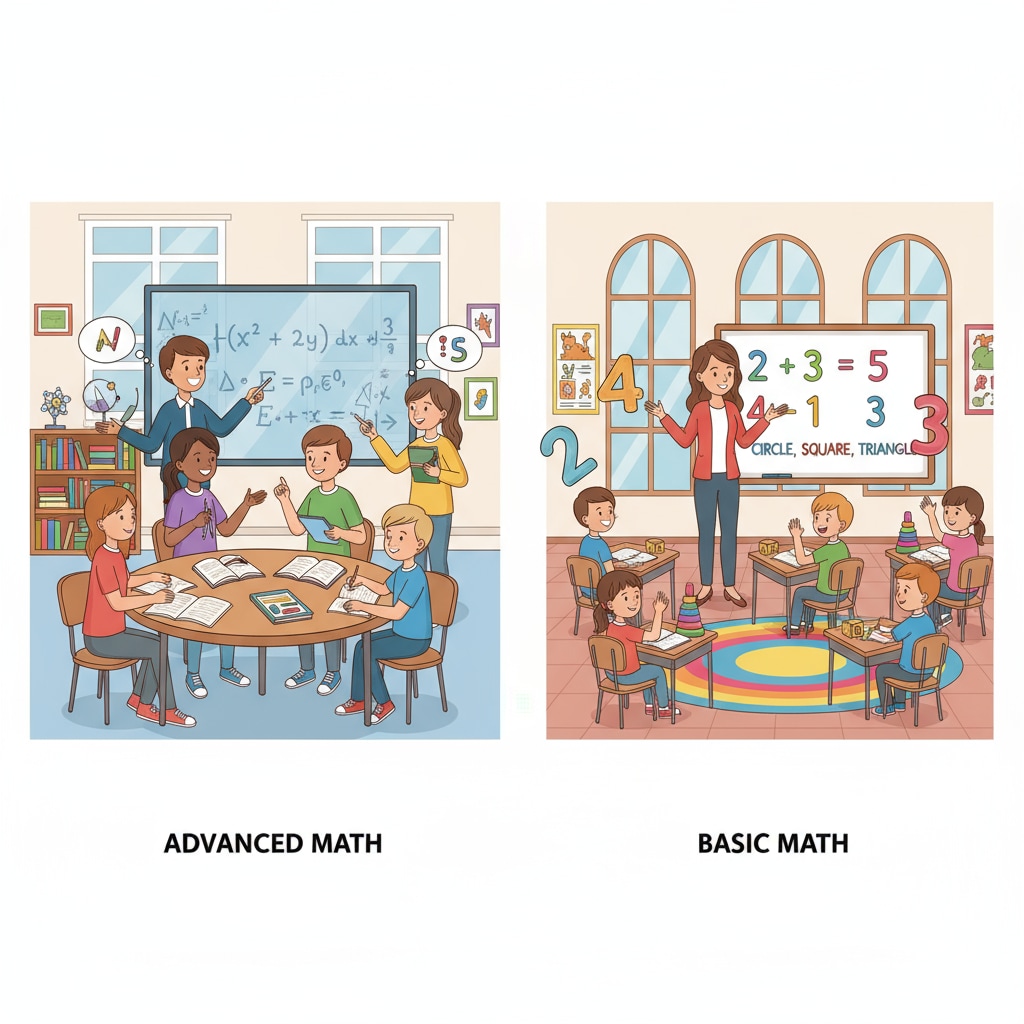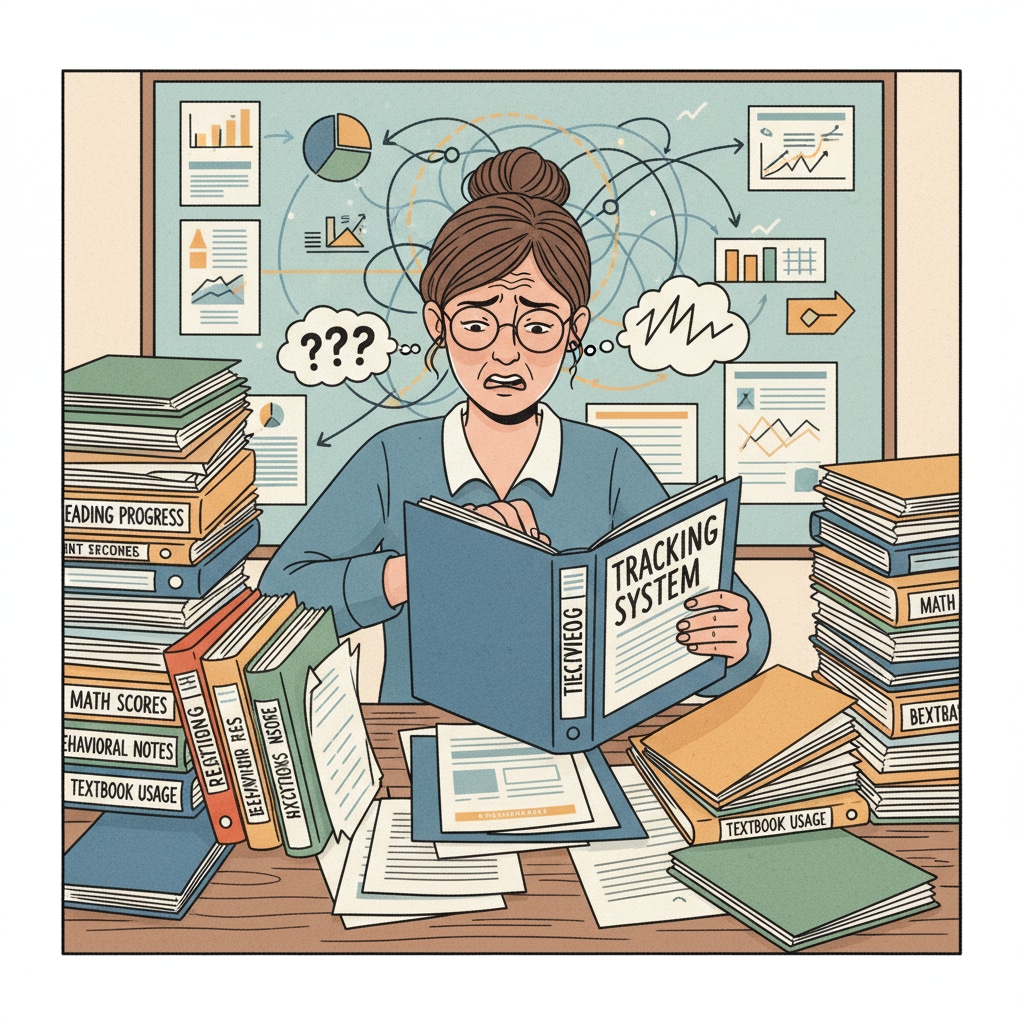Teacher shortage, math streaming, and student tracking are intertwined issues in K12 education that demand our attention. In recent years, the education system has been grappling with a significant teacher shortage, which has far-reaching implications for students’ learning outcomes. At the same time, the practice of math streaming and student tracking has raised concerns about educational equity. This article aims to explore the potential link between these issues and propose possible solutions.
The Impact of Math Streaming on Educational Equity
Math streaming, the practice of dividing students into different groups based on their mathematical abilities, is a common approach in many schools. However, this practice can lead to educational inequality. For example, students placed in lower math streams may receive less challenging instruction and fewer resources, limiting their opportunities for academic growth. Tracking in education on Wikipedia explains how such streaming can create a self-fulfilling prophecy, where students in lower streams may develop a negative self-image and lose motivation to learn. This can further widen the achievement gap between students, especially among those from disadvantaged backgrounds.

The Link Between Student Tracking and Teacher Shortage
Student tracking, which involves categorizing students based on various factors, including academic performance, can also contribute to the teacher shortage problem. When students are grouped into different tracks, teachers may be required to have specialized skills and knowledge to teach each group effectively. This can put additional pressure on the already limited pool of teachers. Moreover, the administrative tasks associated with tracking, such as assessing students and managing schedules, can be time-consuming for teachers, leaving them with less time for actual teaching. Education on Britannica highlights how these factors can lead to teacher burnout and attrition, exacerbating the teacher shortage crisis.

To address these issues, a shift towards personalized intervention based on real-time data may be the key. Instead of relying on fixed tracking systems, schools can use data analytics to understand each student’s unique learning needs and provide targeted support. This approach can not only improve educational equity but also reduce the burden on teachers. By tailoring instruction to individual students, teachers can focus on what they do best – teaching – and potentially attract and retain more educators in the profession.
Readability guidance: This article has used short paragraphs and lists to summarize key points. Each H2 section provides a clear overview of the relevant topic. The proportion of passive voice and long sentences has been controlled, and transition words have been added throughout the text to enhance readability.


